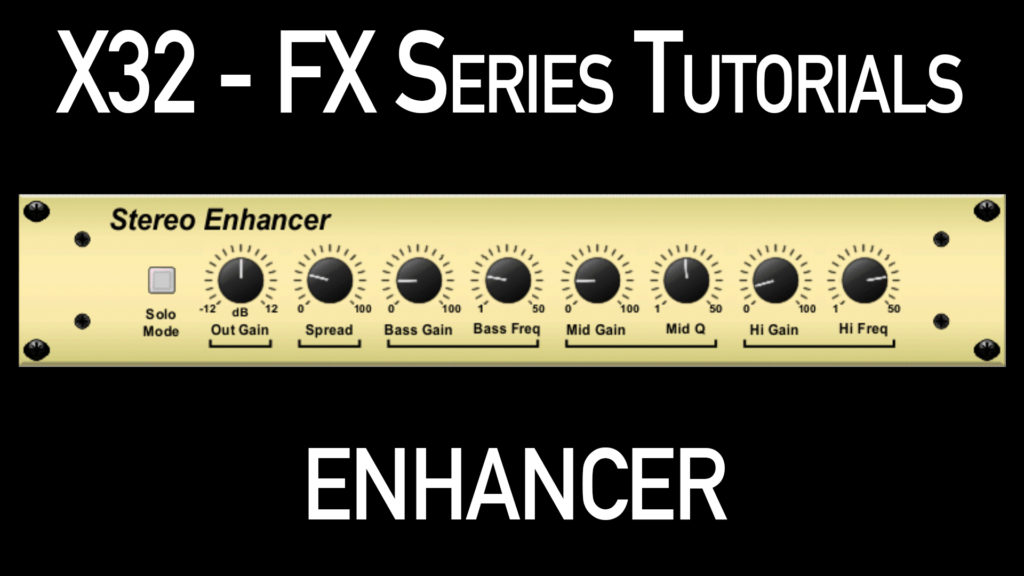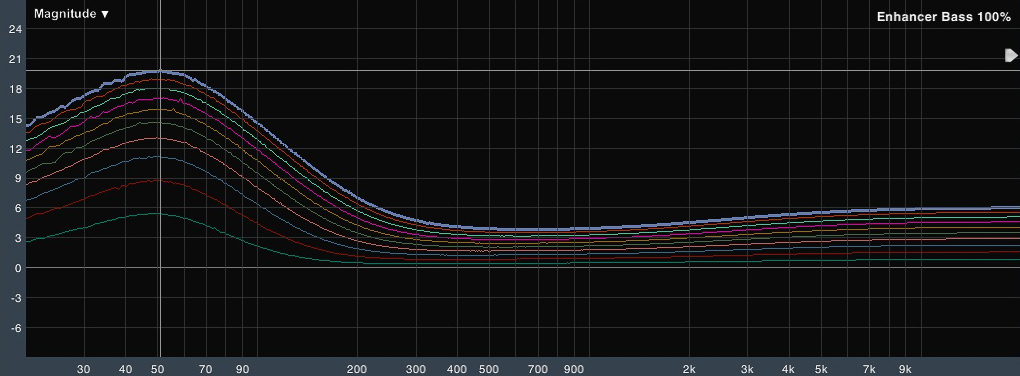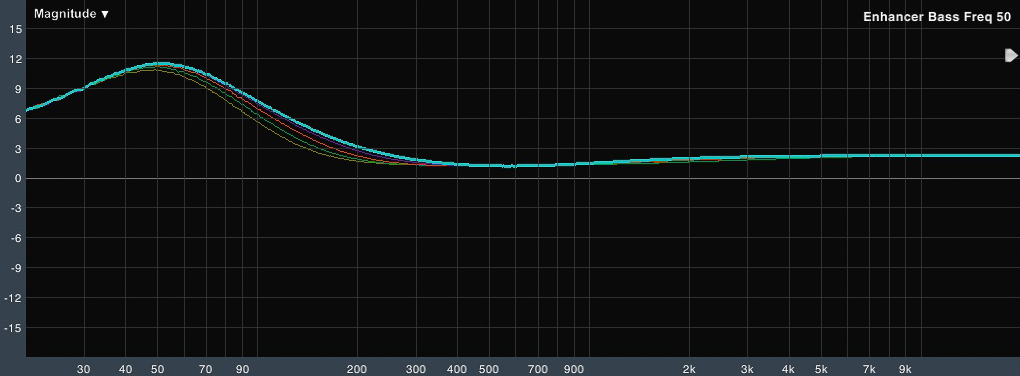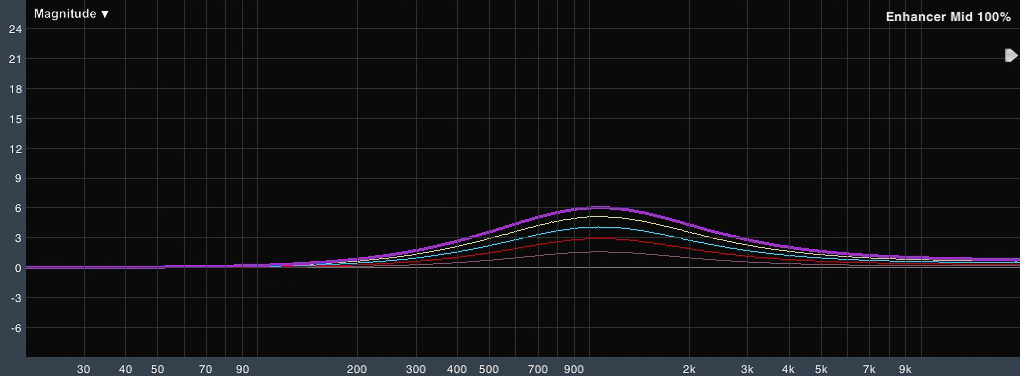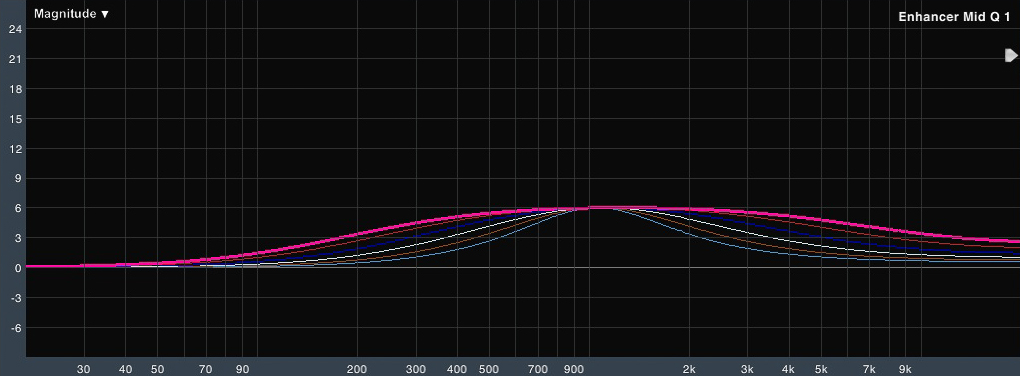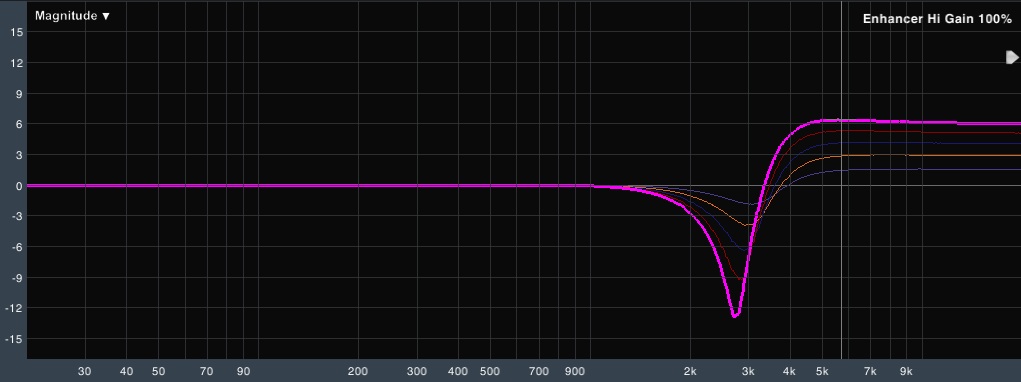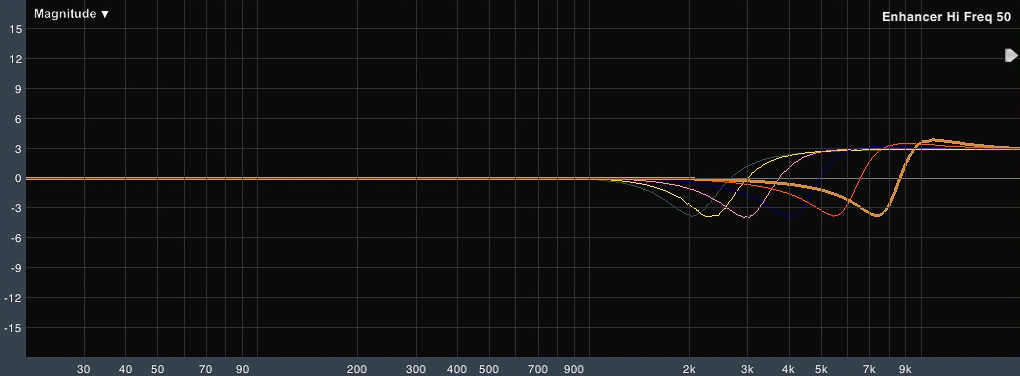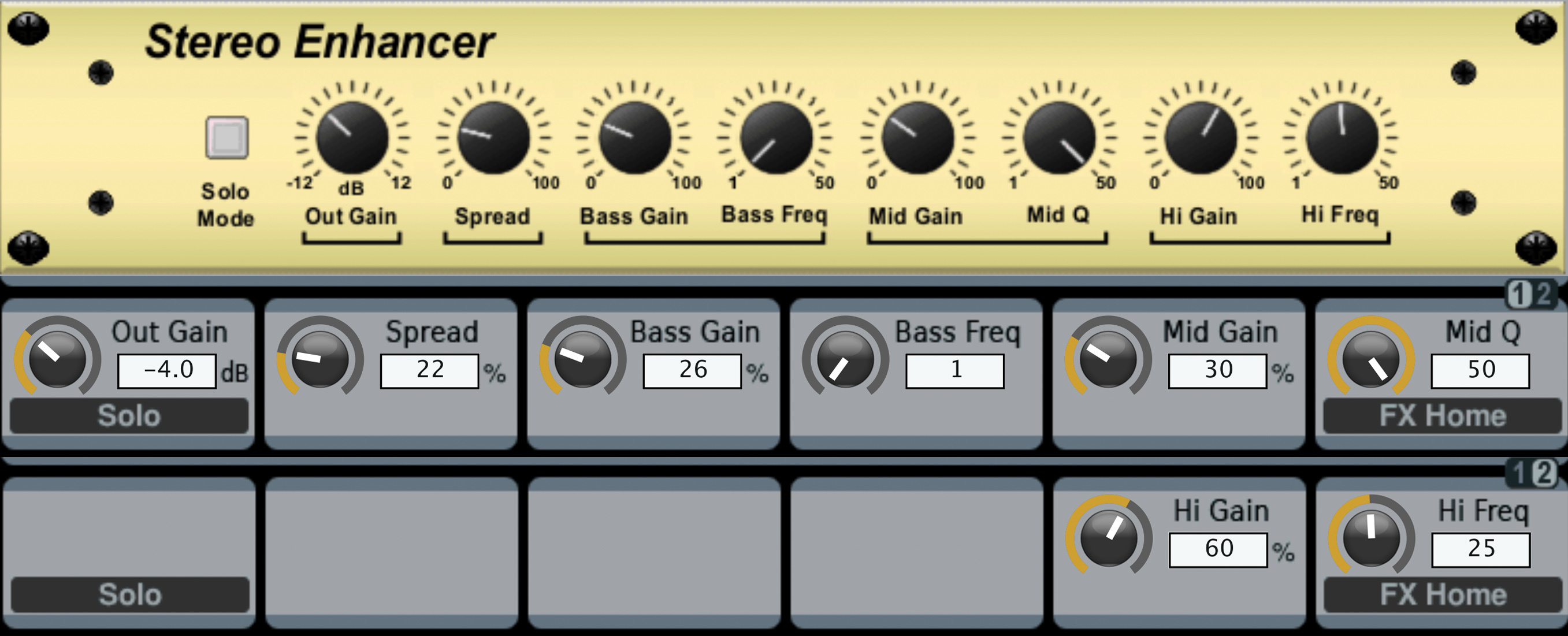Welcome to my Behringer X32 FX Series tutorials. Today we are going to be looking at the Stereo Enhancer and Dual Enhancer. Be sure to watch my YouTube video that I released on the Stereo Enhancer as it goes along with this blog post!
The Stereo Enhancer is a Behringer X32 Effect that is emulated after the SPL Vitalizer Mastering Program Equalizer. The original SPL Vitalizer and SPL Vitalizer Mk2-T were tube equalizers with compression and stereo expansion. As I can see, the goal of this effect was to replicate the Equal-Loudness Curves in a way to add a sort of ‘loudness’ that you would find on your home stereo to your mix.
Equal-Loudness Contour
The Equal-Loudness Contour, also referred to as the Fletcher-Munson Curve, is a measurement of the frequency response of the human hearing at different volume levels. It was discovered that human hearing is more sensitive to certain parts of the audio spectrum and that those levels of sensitivity change as volume is increased or decreased.
The study revealed that the human hearing is more sensitive in certain areas of the auditory range of our hearing (20Hz-22kHz). The human ear is most sensitive in the area of 2kHz-5kHz.
Equal-Loudness Curve Explained
At the most basic level, this curve is comparing two audio tones at different frequencies, but the measurement is at what decibel level do those two tones appear to be the same volume or equal-loudness. To the human hearing, A 1kHz tone at a volume of 80dB (also referred to as 80 phon) would be an equal-loudness to a tone of 100Hz at around 92dB.
When looking at the data of the Equal-Loudness Contour, it is best to focus on one line at a time. First, look at the dB measurement at 1kHz, this is the baseline volume of that line. When you follow that line higher or lower in frequency, you will see the dB needed for that frequency to be of equal volume to the 1kHz tone.
The current Equal-Loudness Contour is the ISO 226:2003.
Sound ‘sounds’ DIFFERENT at various volumes!
The other thing the Equal-Loudness Contour shows us is that at different SPL levels, the human hearing reacts in different ways. Typically the low end and part of the high end will need to be boosted when going from a higher volume to a lower volume. You can extrapolate the differences when looking at the contour line at different volumes. As seen below, I have shown the EQ that would need to be applied if wanting to make an 80dB source sound the same as if it was played at 100dB.
This curve is very useful when trying to take a live mix recording directly from the sound board when the music loudness in the room was 100dB, and the user wants to play that audio file at 80dB but still perceive the same frequency response.
Behringer Stereo Enhancer
Layer 1
- Out Gain – Allows us to add or reduce gain. Contol allows for adjustment from -12dB to +12dB in 0.5dB increments.
- Solo – Solos an exaggerated version of what the Enhancer is applying.
- Spread – Only available on the Stereo version. Allows for stereo expansion to widen the stereo field. Control allows for adjustment from 0-100% in increments of 2.
- Bass Gain – Boosts the low-frequency, control allows for adjustment from 0-100% in increments of 2.
- Bass Freq – Selects the frequency for the bass boost, control allows for adjustment from 1-50% in increments of 1.
- Mid Gain – Boosts the Mid-frequency, control allows for adjustment from 0-100% in increments of 2.
- Mid Q – Selects the bandwidth of the boost for the mid-frequency. Control allows for adjustment from 1-50% in increments of 1.
Layer 2
- Solo – Solos an exaggerated version of what the Enhancer is applying.
- Hi Gain – Boosts the high-frequency, control allows for adjustment from 0-100% in increments of 2.
- Hi Freq – Selects the frequency for the high-frequency boost, control allows for adjustment from 1-50% in increments of 1.
Insert Delay
- 0.67ms delay
Bass Gain
The boost itself can range from +0dB at 0% and go up to +19dB at 100%. Not only does this boost the low end, but it also does a slight broadband boost across the entire audio spectrum, at 100%, the entire band has a +6dB or so boost. Below shows 10%-100% in increments of 10%
Bass Freq
Bass freq changes the frequency in boost by only about 10Hz. With a setting of 1, the boost is centered around 45Hz and with the setting at 50, the boost is centered around 55Hz. Below is 1%-50% in increments of 10%.
Mid Gain
The Mid Gain boost is centered around 1.1kHz and is a very minimal boost. At 100% it only boosts at +6dB. Below shows the boost of 20%-100% in increments of 20%.
Mid Q
The Mid Q changes the bandwidth of the mid-frequency boost. The lower the % the wider the bandwidth of the boost. 1% will yield the widest bandwidth and 50% will yield the narrowest bandwidth. Below is 1%-50% in increments of 10%.
Hi Gain
The Hi Gain is not only a boost but a drastic cut as well. At 100% there is a boost of +6dB while there is also a cut of -13dB, slightly lower in frequency. Below shows 20%, 40%, 60%, 80% and 100%.
Hi Freq
We can see below that the Hi Freq changes the frequency. At 1% the boost starts around 3kHz and at 50% the boost starts around 9kHz. We can also note the cut that happens just under the frequency of the boost. Below is 1%, 10%, 20%, 30%, 40%, and 50%
Settings for Equal-Loudness Curve
Below is the setting that replicates the equal-loudness contour in the most accurate way. It is still a little off, but close enough. If you are trying to replicate the contour I would start with these settings!
Practical Use of the Stereo Enhancer
The Sound Enhancer is going to be most efficient for use on a bus send for a recording mix that needs to have a ‘loudness’ applied to make the recording sound closer to if the listener was in the live room as it was being recorded. You can also use the Stereo Enhancer for adding a bit of eumpf to a bland sounding channel.
Want to see more Effects Tutorials?
To view more of my Behringer X32 Effects Tutorials, click here: dBB Audio FX Series
